This report by the World Resources Institute, a global research non-profit funded by Bill and Melinda Gates Foundation, the Bezos Earth Fund and the Rockefeller Foundation, highlights the trade-offs and counterfactual of sourcing less and better meat as a strategy for food companies to mitigate climate impacts in their supply chains. It explores a key tension in the meat debate, also highlighted in TABLE’s Meat the Four Futures podcast, that production systems associated with ‘better meat’ such as organic, often lead to higher land-use and GHG emissions per kilo.
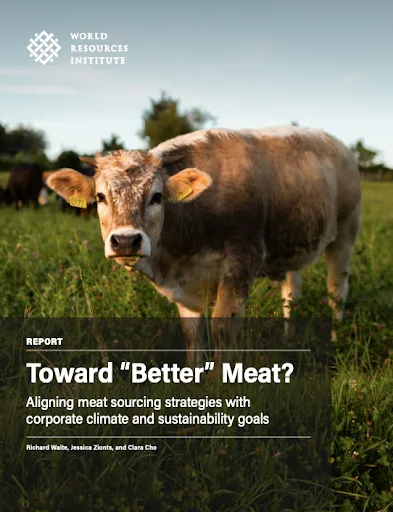
Summary
The report explores sourcing less and better meat as a potential strategy to mitigate climate change impacts, noting how the concept has gained traction in recent years to describe more sustainable livestock production. It highlights, however, that ‘better’ meat does not have a clear definition and can entail trade-offs. Reviewing literature, it found that ‘better meat’ is linked with a wide range of metrics; environmental, social and ethical, and economic performance, and is often connected in people’s minds with alternative agricultural systems: organic, regenerative, pasture-fed and free-range. The report highlights, however, that this form of ‘better meat’ generally has higher environmental impacts per kilo of protein than ‘conventional’ meat, such as land use and greenhouse gas (GHG) emissions.
It proposes several strategies for food companies to manage these trade-offs to simultaneously reduce environmental impacts and enhance animal welfare when sourcing meat. As it finds that beef and lamb are the most resource intensive, it suggests that reducing provision of these meats, “opens up space” for sourcing higher welfare poultry and eggs, while still leading to reductions in GHG emissions and land-use. It emphasises that companies can eliminate trade-offs by switching meat to plant-based foods. Figure 1 shows the proposed six steps to design a meat sourcing strategy. ]
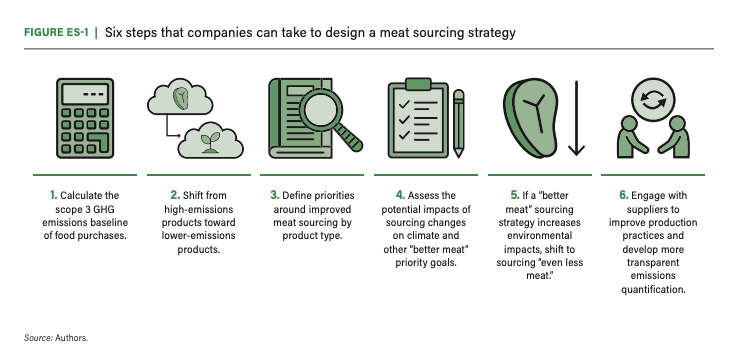
Figure 1: Infographic by World Resources Institute showing six steps to design a meat sourcing strategy.
The report warns that sourcing ‘better’ meat in companies' supply chains could counteract the environmental gains of sourcing less meat. If this is the case, companies should adopt an “even less meat” to hit environmental targets. It suggests food companies should define their priorities when sourcing meat to manage trade-offs and hit environmental and animal welfare targets.
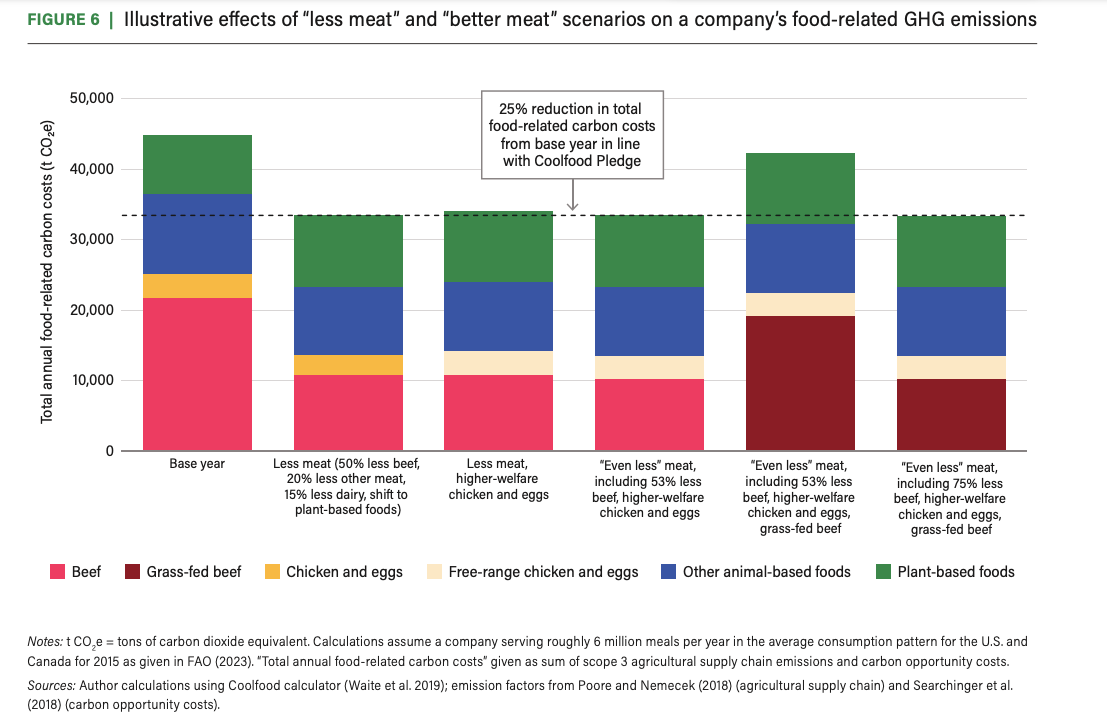
Figure 2: Graph showing scenarios of meat reductions on a company’s food related GHG emissions.
This tension between different visions of less and better meat, and the values and assumptions that underpin these positions is explored in depth in our podcast, Meat: The Four Futures and the TABLE’s report Exploring the Future of Meat: Navigating complex topics for better decision making.
See the report here.
References
Waite, R., J. Zionts, and C. Cho. 2024. “Toward ‘Better’ Meat? Aligning meat sourcing strategies with corporate climate and sustainability goals.” Report. Washington, DC: World Resources Institute.

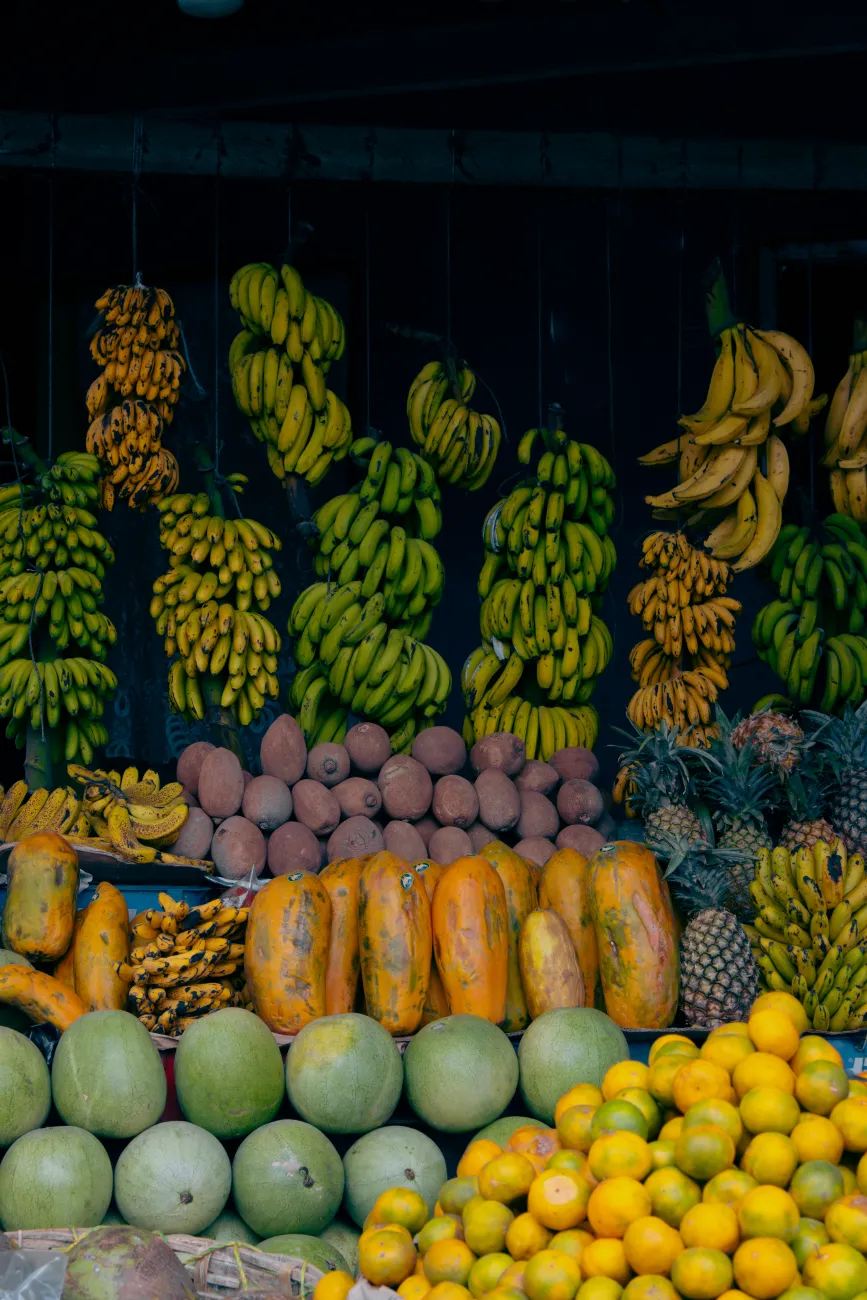

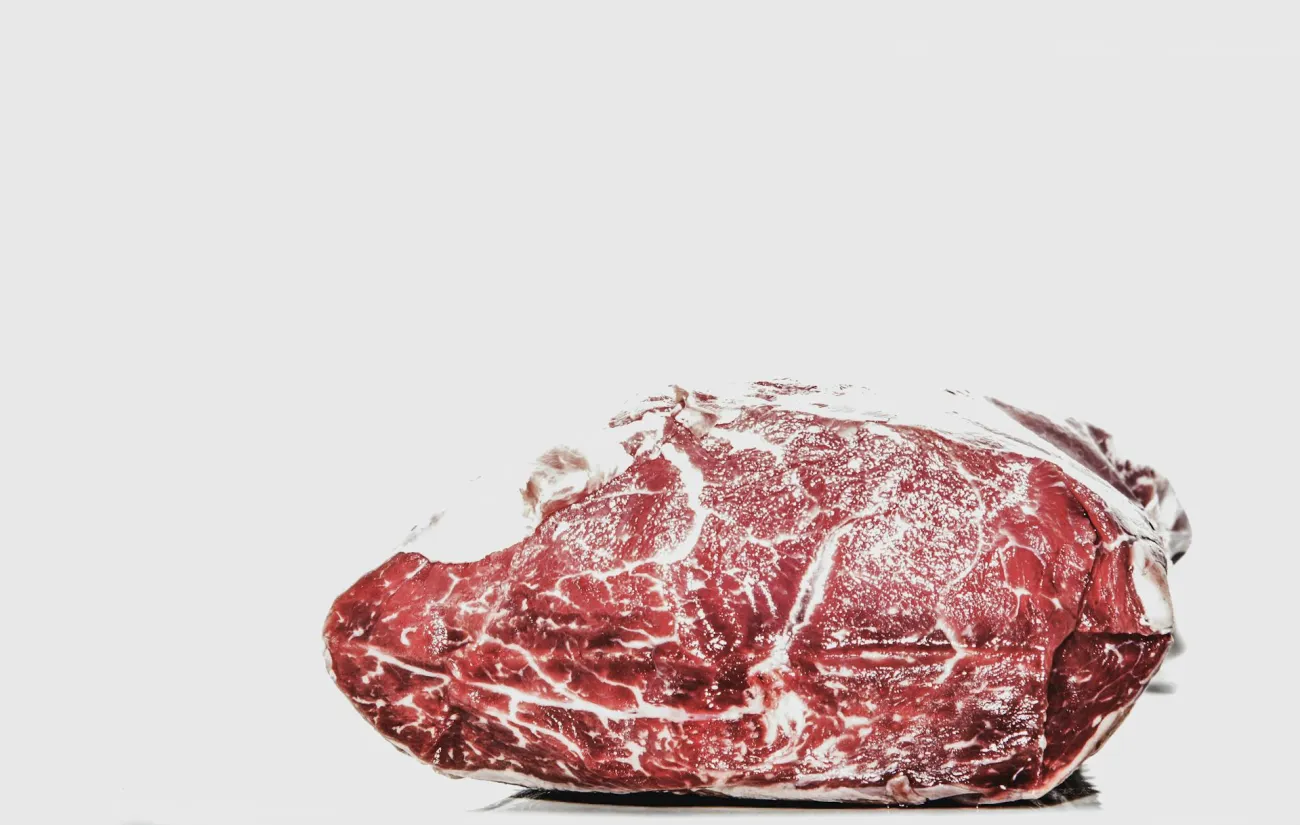
Comments (0)